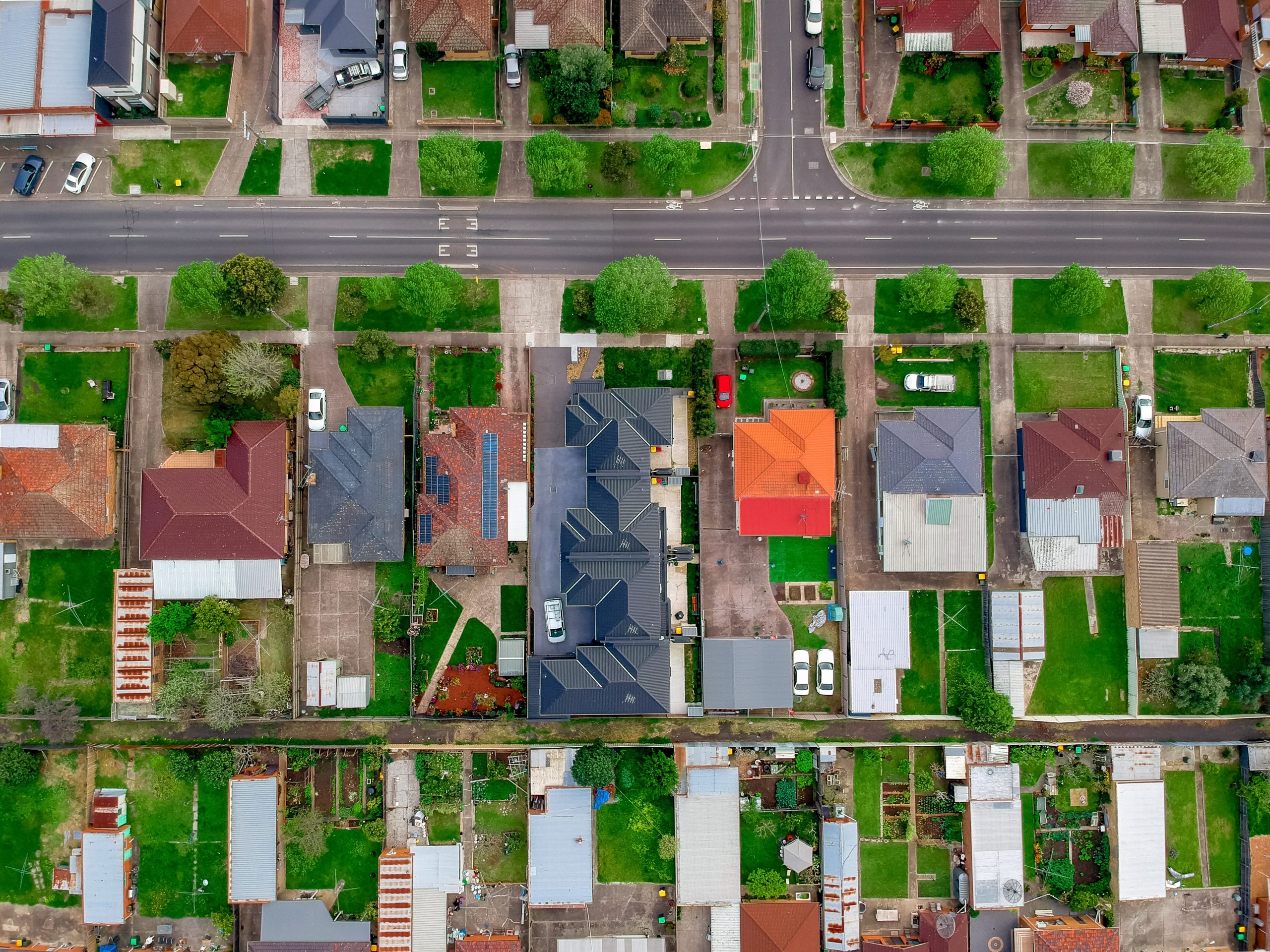
For the past three years, investors and landlords have seen incomes skyrocket as Australians competed over an insufficient supply of rental properties.
Rent rises are slowing now as the market begins to balance out following an influx of new investment properties to help ease supply.
For investors, it’s a time to either consolidate or go back into the market and expand your portfolio, confident rental income will likely continue to grow, albeit at a slower rate.
Rental income growth is the slowest since 2021 in two major rental markets, Brisbane and Sydney.
Also, there have been downward adjustments in rent prices in wealthy Sydney suburbs such as Woollahra and Cremorne, where prices have dropped $150 a week and more.
Some 250 Brisbane suburbs have had rents adjusted downwards, too, according to the property data company PropTrack, which is part of realestate.com.au. PropTrack’s latest national data comes from its website.
Generally, investors are not shying away from the market.
Proptrack says that in the 12 months to July new rental listings have increased 12.6% and total rental listings have risen 8.7%, in part due to more rental properties coming on to the market in every capital city, except Melbourne.
Perth, where we’ve seen some of the biggest rises in residential sales values in the past year, has experienced a 34% spike in rental listings. Adelaide and Sydney come second and third on that list of cities offering new rental listings.
Victoria, however, is not attracting the same uplift in investor activity, and that’s keeping upward pressure on rents. There are two reasons.
Firstly, the state is having its most significant population growth period in five years.
Secondly, recent State Government rule changes – called the Residential Tenancies (Rooming House Standards) Amendment (Minimum Energy Efficiency and Safety Standards) demand minimum standards for ceiling insulation, draught proofing, hot water systems and cooling.
Many investors will now spend thousands of dollars on upgrades, while others appear to be cashing out, often selling to owner-occupiers, thus taking a rental property off the market.
While there are many opportunities for investors currently, it is always wise to buy with the head and not the heart.
The key data-point to which investors should pay attention is the “yield” the property will deliver. Currently, a competitive yield stands at between 5.5%-8%.
Rental yield represents your profit on an investment property by measuring the gap between your costs and the income and tax benefits received.
